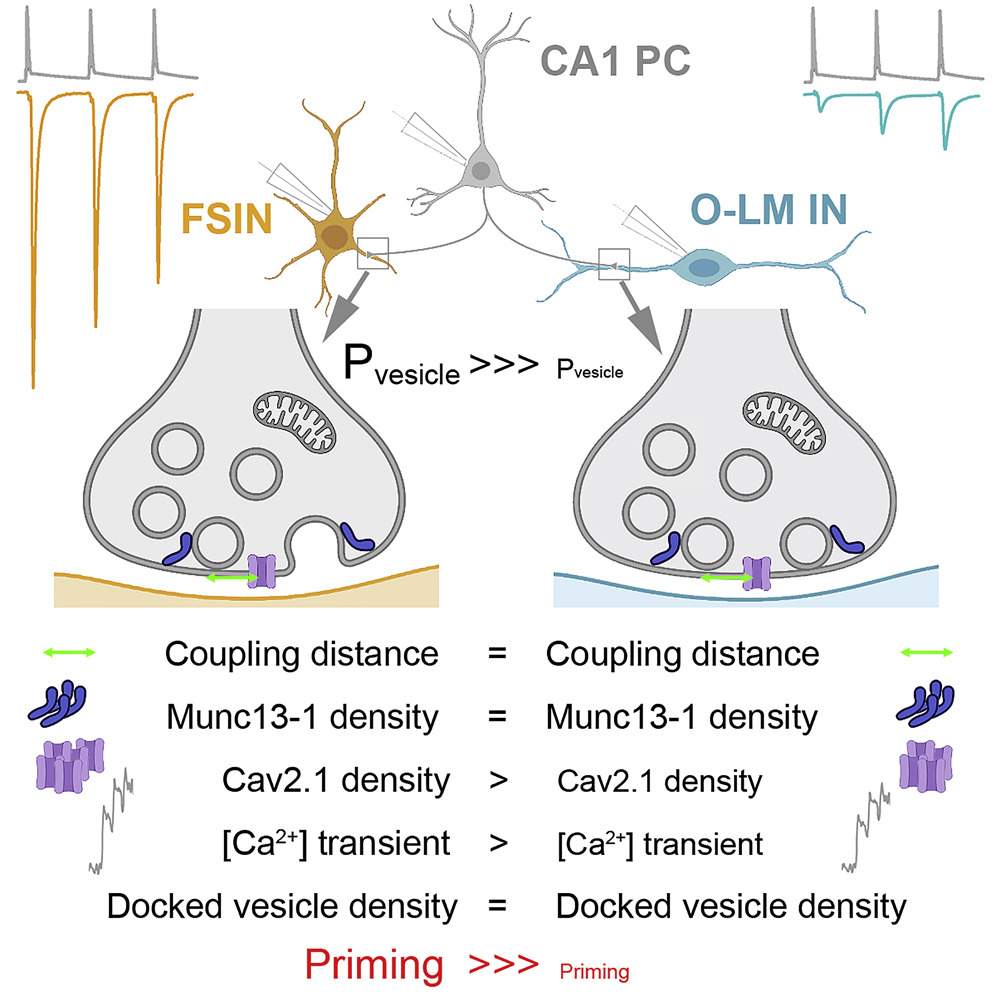Varietas delectat
Using a combination of state-of-the-art physiological and anatomical methods, Zoltán Nusser's group has succeeded in discovering how an axon of the same nerve cell can form synapses of different strengths with two different nerve cells. Short answer: synaptic vesicles are in different maturation states in weak and strong synapses. Their work was published in Neuron.
For a change, all I found on the Internet is the Hungarian translation of Cicero's "varietas delectat", based on Euripides' comment, as a Hungarian translation: variety delights. Unfortunately, I have nothing new to say to anyone, although how nice it would have been to write a short and light historical introduction to Zoltán Nusser's group Neuron article on the reasons for the diversity of synapses!
I didn't give up to find something that might spark the interest of those of us who have the unusual problem of how our unique computer, our brain, which we carry with us and in us, works at the level of neuronal connectivity, synapses. I was a little unsure. To what extent are diversity and variety synonymous, exact equivalents of each other at the neural level? But when it came to diversity, I was confronted with the Greek Euripides, who lived in the fifth century BC, and Stephen, our first king, who was called a saint, who was born four centuries later than Cicero, who was, in any case, more familiar and more authoritative to us. He considered diversity so important that he reminded his son of its importance in a work that still survives today. "For as guests come from different lands and provinces, so they bring with them different languages and customs, different examples and weapons, and all this adorns the country and makes the court shine. ...a country of one language and one custom is weak and frail."
And we well know that there is no other organ in the whole world with so many cells, so intricately constructed, as the brain - the realm of the mind.
Not only is diversity not easy to study, sometimes it is not even easy to explain the results. The not-so-long-established practice of graphically summarising the results before the article is a great help. A good graph is a great help even if you have to ask questions.






